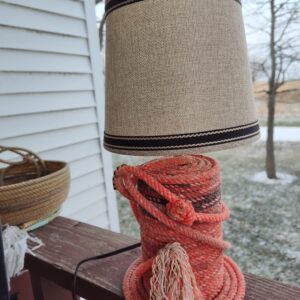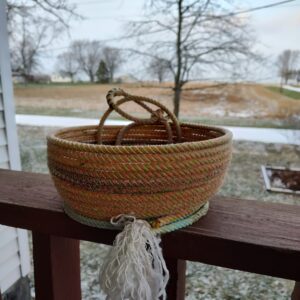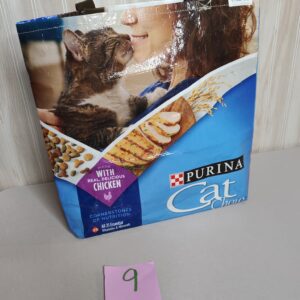Turning Feed Bags into Grocery Tote Bags: A Creative Recycling Project
If you’ve spent any time around livestock or pets, chances are you’ve got an abundance of empty feed bags lying around. Instead of tossing them in the trash, why not repurpose them into something useful and eco-friendly? With a bit of creativity and effort, those durable, waterproof feed bags can be transformed into sturdy grocery tote bags that are perfect for trips to the market.
This DIY project is a great way to reduce waste, save money, and create a functional product with a rustic charm. Plus, it’s easy to customize these totes to fit your style!
Why Recycle Feed Bags?
- Sustainability: Feed bags are often made from woven polypropylene, a material that takes years to decompose in landfills. Repurposing them reduces waste and gives them a second life.
- Durability: These bags are tough, waterproof, and built to carry heavy loads, making them ideal for grocery totes.
- Cost-Effective: Making your own tote bags from feed bags is much cheaper than buying reusable bags, and you get the added satisfaction of crafting something yourself.
Materials You’ll Need
To turn your feed bags into tote bags, gather the following:
- Empty feed bags (cleaned and dried)
- Scissors or a rotary cutter
- Measuring tape
- Sewing machine (heavy-duty recommended) or a needle and strong thread
- Straight pins or clips
- Optional: Webbing, old belts, or rope for handles
How to Make a Feed Bag Tote
1. Clean the Feed Bag
Start by thoroughly cleaning your feed bag. Cut off the top and bottom of the bag, then lay it flat. Use warm soapy water to scrub away any leftover residue, and let it dry completely.
2. Cut to Size
Decide how large you want your tote bag to be. Most grocery bags are around 18 inches tall, but you can adjust this to suit your needs. Trim the bag to your desired height, keeping the width of the original feed bag.
3. Reinforce the Material
If the bag material feels thin, fold over the edges to create a double layer for extra durability. Use pins or clips to hold the folds in place.
4. Sew the Bottom
Turn the bag inside out. Fold the bottom edge and sew it shut with a straight stitch, leaving about a half-inch seam allowance. For added strength, go over the seam twice or use a zigzag stitch.
5. Create the Handles
Cut two strips from another feed bag, use webbing, or repurpose old belts for handles. Each strip should be about 24 inches long for comfortable carrying. Sew each end of the handles to the top edge of the bag, spacing them evenly. Reinforce the stitching by sewing an “X” pattern at each attachment point.
6. Optional: Add a Flat Bottom
If you’d like a flat-bottomed tote, fold the bottom corners into triangles and sew them flat. This step helps the bag sit upright and provides more room inside.
Personalizing Your Tote
One of the best parts of this project is the opportunity to get creative!
- Decorate: Add paint, stencils, or fabric patches to customize your tote.
- Lining: Sew in a fabric lining for extra style and strength.
- Pockets: Add an interior or exterior pocket for small items.
Why Tote Bags from Feed Bags Are a Win
- Eco-Friendly: You’re keeping plastic out of landfills and reducing the need for single-use bags.
- Versatile: These totes can be used for groceries, beach trips, gardening tools, or even as a gift bag.
- Unique: Each feed bag has its own design, making every tote one of a kind.
Final Thoughts
Recycling feed bags into grocery totes is a fun, practical, and sustainable project that anyone can try. It’s a great way to breathe new life into materials you already have while reducing your environmental footprint.
So, next time you finish a bag of feed, don’t throw it away—transform it into a durable, reusable tote bag! Not only will you save money and reduce waste, but you’ll also create something uniquely yours.
Have you tried making tote bags from feed bags? Share your tips, tricks, or photos in the comments below!




